
Literature and language go hand-in-hand. So much so that the Ministerio de Educación includes literary education as one of the saberes básicos, including learning about the cultural context of novels as an enrichment opportunity. That is why classic novels are a crucial part of education; not only do they develop vocabulary and literacy skills, but also comprehension, perception, interpretation skills and motivation. This is particularly relevant for the ESL classroom. Reading classic novels in their original language promotes all of these benefits as well as improving fluency of English.
The benefits of working with text universes
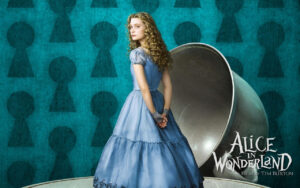 In an increasingly digitalised classroom it is important to adapt to students’ preferred ways of learning. It is more common for students nowadays to come into contact with classic novels through non-typographical versions, i.e. through film adaptations, their soundtrack or a video game, or they might choose to read a adaptation of the novel written in simpler language or reimagining including a twist to the original story. This is to say, they engage in text universes. Text universes are the various representations of a novel’s storyworld transferred or adapted to other text or media formats.
In an increasingly digitalised classroom it is important to adapt to students’ preferred ways of learning. It is more common for students nowadays to come into contact with classic novels through non-typographical versions, i.e. through film adaptations, their soundtrack or a video game, or they might choose to read a adaptation of the novel written in simpler language or reimagining including a twist to the original story. This is to say, they engage in text universes. Text universes are the various representations of a novel’s storyworld transferred or adapted to other text or media formats.
Working in this way has many benefits:
- it is inclusive of all different types of learning styles (e.g. visual, auditory, reading/writing), thus widening the overall understanding of the novel
- it bridges the gap between the time period a novel was written and today, helping students to see why ‘old’ novels are still relevant
- it can increase students’ interest in reading if they see the connection between the tv remake they enjoyed and the written text
- comparison analysis and historical context help students understand the time period the novel was written in.
Three activities for working with a text universe of a classic novel
Working with the text universe of a classic novel allows for activities that encourage critical thinking, analysis and innovation. Here are three ideas you could try, each linked with a specific example from a classic novel from our bookroom:
1. Mind maps
A mind map is a diagram used to visually organise information into a hierarchy, showing relationships among pieces of the whole. Students can create their own mindmap to follow the storyline and understand the consequences of the character’s actions, as well as co-relate the events and symbols in the novel with its adaptation.
Here is an example of a mind map on Alice in Wonderland and The Matrix.
There are, undeniably, many similarities between Alice in Wonderland by Lewis Carrol and The Matrix. Students can focus on these similarities to create a mindmap.
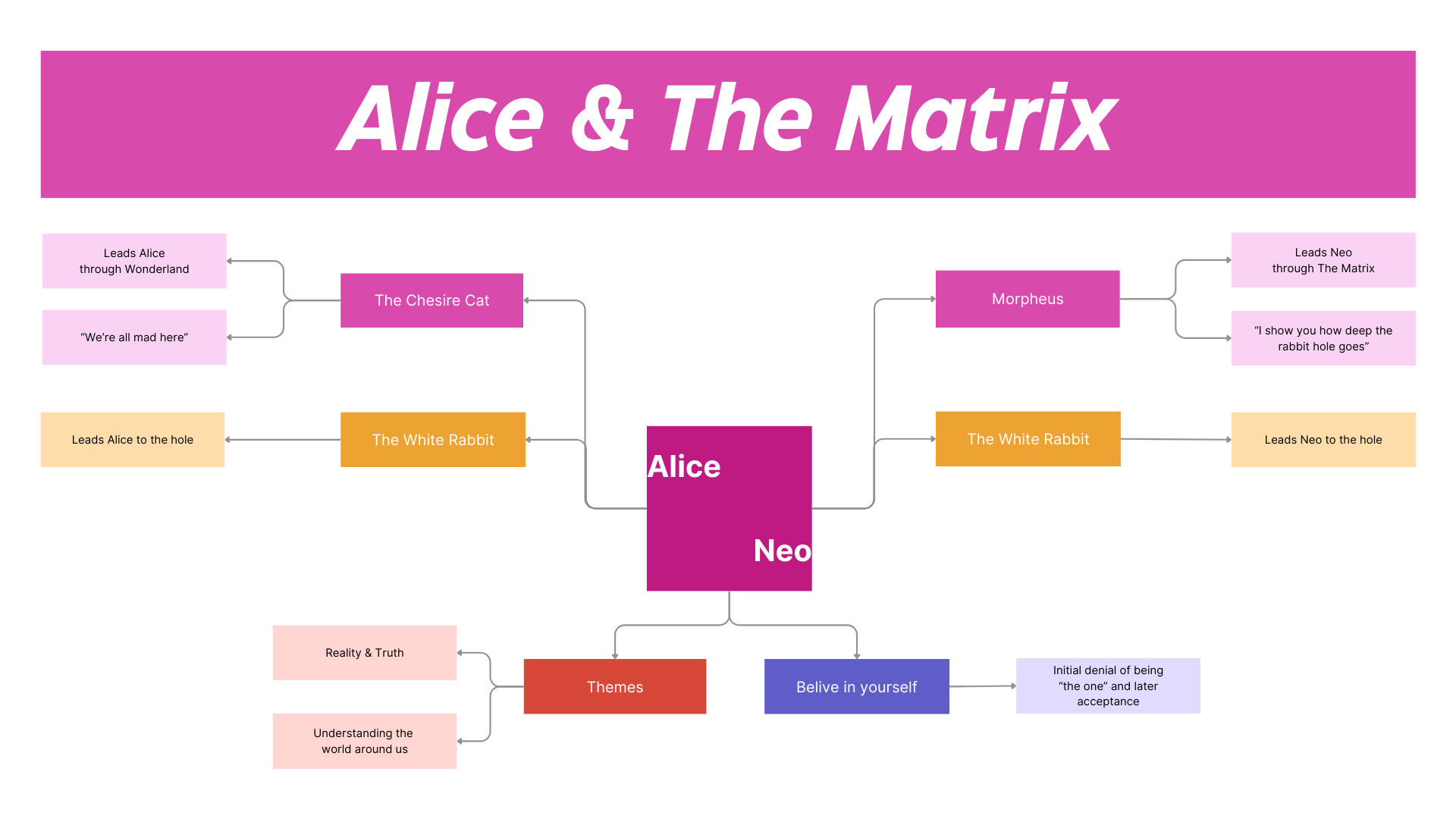
Assign book circles of 4 or 5 students per group (using our “groups” tool in the teacher panel!) so they can analyse the novel and adaptation from different points of view, such as the theme, the connection maker, the character examiner etc.
With so many themes, settings and characters, Little Women is a great book to analyse in groups! With groups of 4-5 students, each one can get assigned a different role:
- The Discussion Leader: make sure all participants have time to show/discuss their findings by preparing questions that encourage analytical discussion, and choosing two quotations relevant to the text and its adaptation.
- The Narrative Structuralist: analyse the text with a focus on narrative techniques – How is the story told? What are the effects of this narration? Who is the narrator?
- The Character Examiner: analyse the main characters of the story – How are they portrayed? What makes us see them in a certain way? What are the effects of portraying them this way?
- The Finder of Themes: analyse the text with a focus on the central themes – which is the central theme? How is it visible? What are the effects of portraying it this way? REMEMBER to analyse what is written without speculating (NO What ifs)
- The Context Identifier: analyse the text with a focus on the historical context – what are the typical features of the historic time period? How can they be seen in the story? How do they relate to a contemporary perspective?
3. The reading log
Teachers create a reading log with some original critical analysis questions to focus on particular events, characters or settings in each chapter. The question provides the opportunity to link the classic text to the modern day (see the examples below).
Pride and Prejudice is full of strong opinions, twists and, of course, pride and prejudice. The different themes and characters make it perfect for a reading log. Divide the log in weeks, or days depending on your schedule, and add a summary section for all of the chapters the students will be reading, along with a critical analysis question – REMEMBER to be original! Here are some examples:
Chapter 1
Summary
_______________________________________________________________________________________
_______________________________________________________________________________________
_______________________________________________________________________________________
_______________________________________________________________________________________
_______________________________________________________________________________________
Question: If Elizabeth Bennet had a dating profile, what would it look like?
Chapter 10
Summary
_______________________________________________________________________________________
_______________________________________________________________________________________
_______________________________________________________________________________________
_______________________________________________________________________________________
_______________________________________________________________________________________
Question: Caroline teases Mr. Darcy about the family he would join if he marries Elizabeth, what would it look like if it was a Whatsapp conversation?
Overall, text universes have a wide impact on students inside and outside the academic context, and by exploring “outside the box” activities, teachers can maintain students’ attention and inspire them to engage with a variety of classic novels. Furthermore, connecting the original source with a contemporary adaptation helps students to understand why the stories are still relevant in today’s society – why stories are timeless – and how classics are a story of their time by connecting them to their historical context.
Paloma Torres works in the content department at Milton Education where she edits and creates online exercises. She studied Estudios Ingleses at the Universidad Autónoma of Madrid, and is currently pursuing a Masters degree in English and Education at the University of Malmö (Sweden), where she studies text universes with Anette Svensson. Paloma believes that education is a vital part of our society and should always be evolving and integrating the best methods and resources.









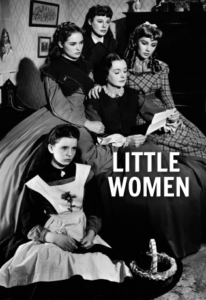
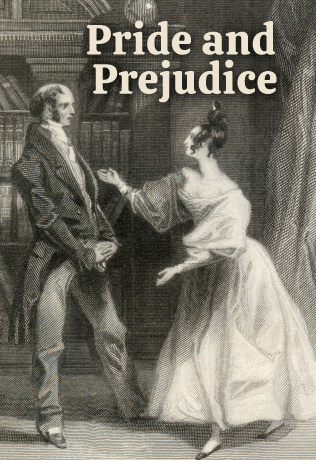



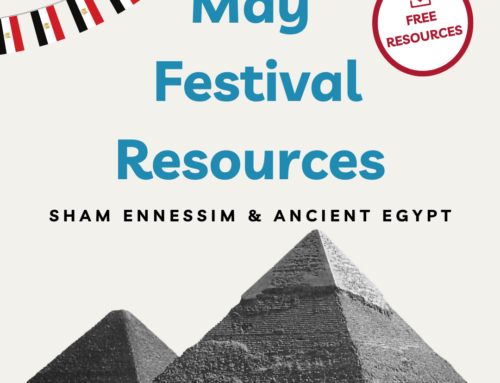
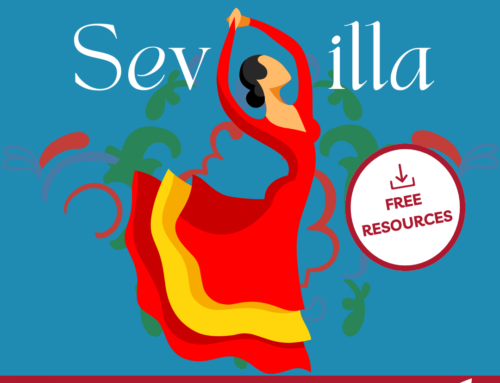
Leave A Comment
You must be logged in to post a comment.